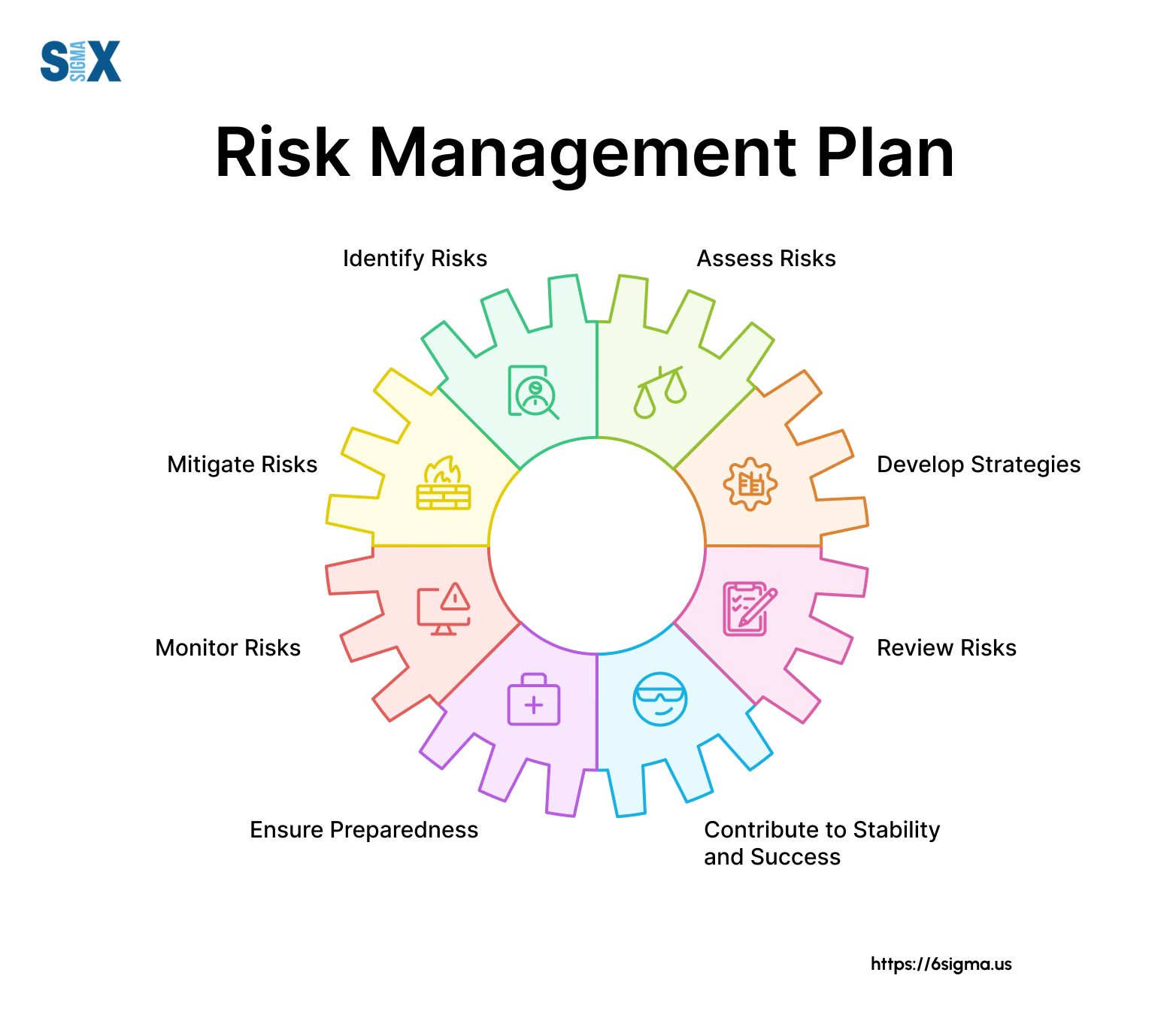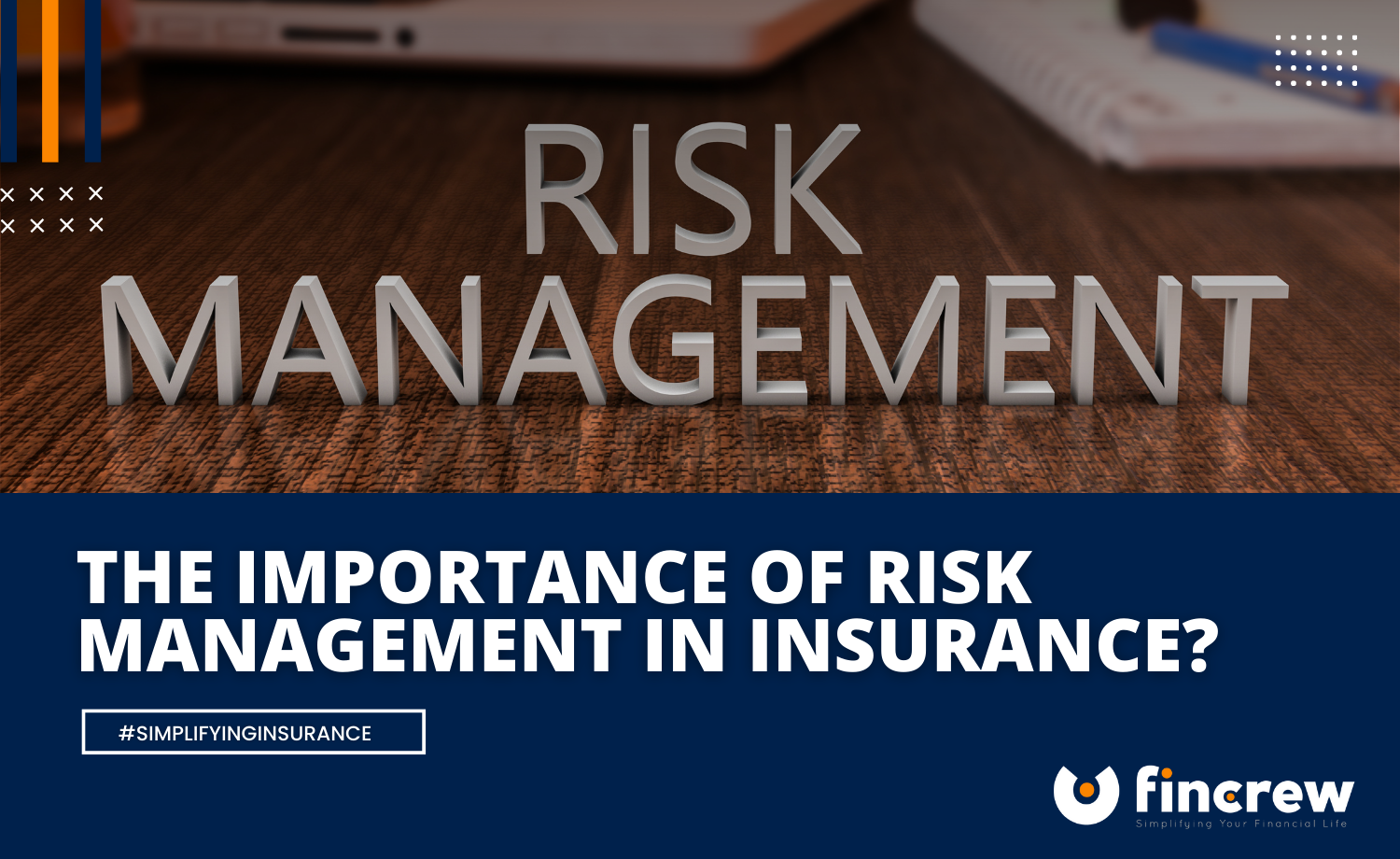The Vital Importance of Risk Management in Protecting Business Assets
The Vital Importance of Risk Management in Protecting Business Assets
Blog Article
Understanding the Significance of Risk Management in Business Success and Sustainability
In today's ever-evolving service landscape, the significance of Risk Management can not be understated. It stands as an important column, strengthening service success and sustainability in the middle of a sea of uncertainties. By determining and reducing prospective risks, organizations guard their funding, foster strength, and improve public trust fund. Equally, it paves the way for development and development. Allow's unpack this facility topic, discovering how proactive Risk Management adds to the long life and success of businesses.
The Principle of Risk Management in Company
Risk Management, a fundamental aspect of organization procedures, brings a considerable weight in the success or failure of a business. It involves recognizing, examining, and regulating threats to an organization's funding and earnings. These hazards, described as risks, could stem from a selection of sources consisting of monetary uncertainties, lawful responsibilities, calculated Management errors, mishaps, and natural disasters. Businesses use Risk Management treatments to alleviate the adverse impacts of these threats. It is a methodical strategy that paves the means for informed decision-making, making sure economic stability and sustainability. The principle of Risk Management is not a warranty versus Risk, but instead a crucial tool that promotes functional effectiveness and durability in face of changability.
Crucial element of a Durable Risk Management Approach
Building a robust Risk Management method involves numerous key components. Identification of possible risks is the main step, complied with by a thorough analysis of these dangers. After comprehending the gravity of the risks, correct actions should be prepared for Risk mitigation. These steps can range from diversification of resources to insurance policy protection. An effective Risk Management method likewise entails consistent monitoring and evaluation of the recognized threats and the efficiency of the control measures. The technique ought to be flexible enough to accommodate changes in the service setting. Furthermore, the strategy must also include training of the employees to deal with unexpected scenarios. All these components, when incorporated webpage properly, add to a robust Risk Management method.
Just How Risk Management Adds to Organization Success

Instance Studies: Successful Risk Management in Method

Future Trends in Risk Management and Their Ramifications for Organizations
As the global business landscape continues to advance, so as well does the area of Risk Management. Future fads suggest a shift in the direction of positive instead of reactive approaches, with organizations progressively seeking to identify and reduce dangers before they occur. The consolidation of modern technology, particularly AI and large data analytics, will play a critical function in this improvement. These tools can provide real-time understandings, making it possible for swift and notified decision-making. Environmental, social, and governance (ESG) threats are predicted to climb in prominence, reflecting a growing social worry for sustainability. Companies that adjust to these trends and integrate them right into their Risk Management strategies will likely be better equipped for success and sustainability in the unclear future.

Verdict
In verdict, recognizing the importance of Risk Management is read this pivotal for organization sustainability and success (importance of risk management). Via real-world case research studies and future patterns, it's obvious that a robust method to take the chance of Management is paramount in navigating today's complicated service setting.
Organizations utilize Risk Management treatments to reduce the damaging effects of these risks. The idea of Risk Management is not a warranty against Risk, however rather an essential device that promotes functional efficiency and resilience in face of changability.
Recognition of prospective risks is the key step, complied with by a comprehensive analysis of these dangers (importance of risk management). After comprehending the gravity of the threats, appropriate actions should be planned for Risk mitigation. An efficient Risk Management technique additionally includes constant monitoring and review of the identified dangers and the performance of the control actions
Report this page